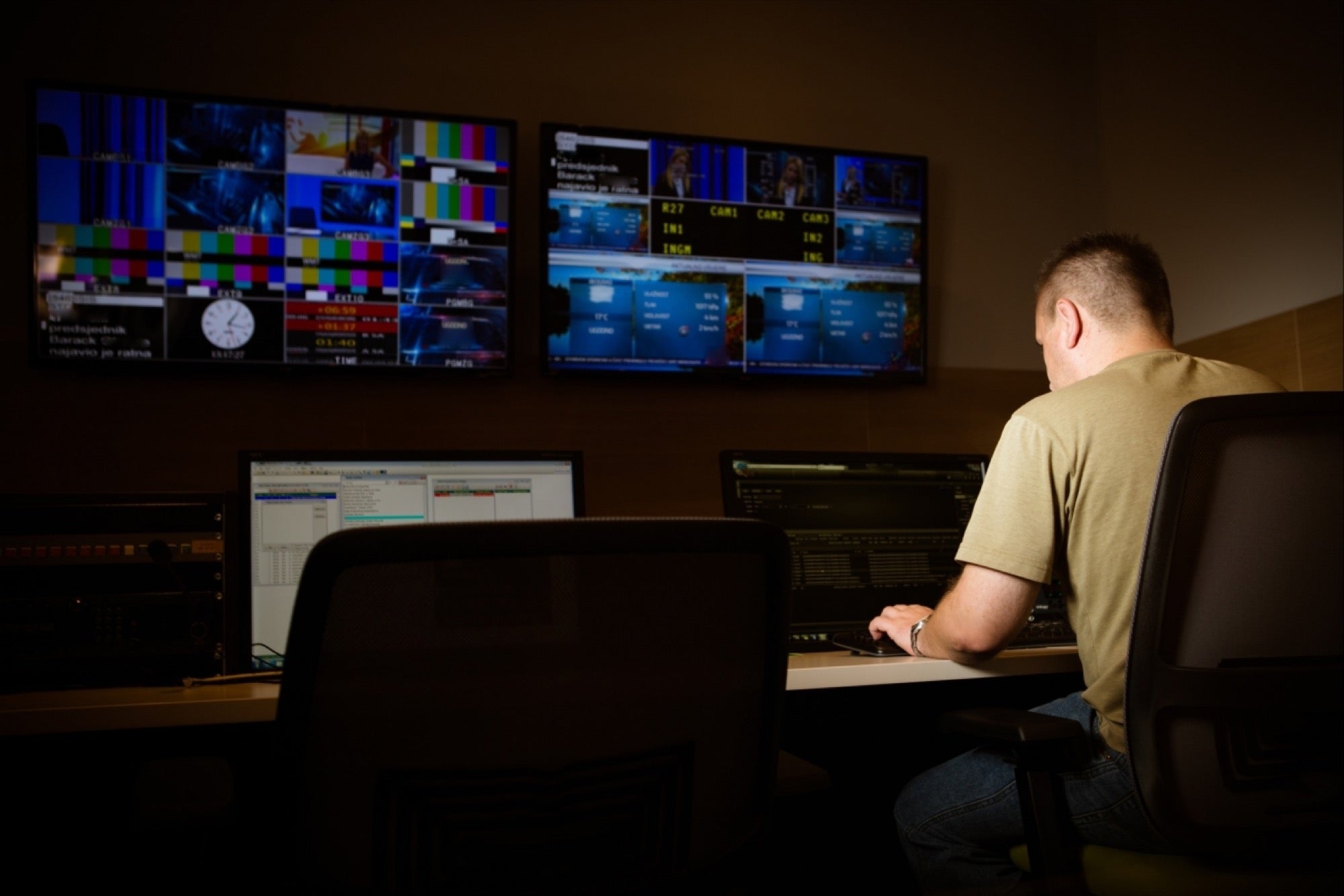7 Keys to Producing a High-Converting 'Explainer' Video Want to be the Steven Spielberg of video? Check out these tips.
Opinions expressed by Entrepreneur contributors are their own.

"Explainer" videos are a great marketing tool that can leverage consumers' ability to easily digest visual content, and quickly convert those consumers into leads, sales and revenue for your business. Considering that most explainer videos range in length between 60 and 90 seconds, you have only a small window of time to capture the your viewer's attention and drive home your message in a convincing fashion.
Related: The 4 Pillars of Stellar Video Marketing
So, what makes one explainer video perform well and another fail miserably? Mehroz Khan, co-founder of Video Explainers, is someone I first connected with some time ago through LinkedIn; these days, the two of us constantly discuss conversion tactics, comparing our respective projects and bouncing feedback off each other.
These issues matter, because a high-quality explainer video isn't cheap, so it's important that you understand what contributes to their success. Here are seven keys to a high-converting explainer video that Khan and I agree on: They're essential if you want to experience solid results.
1. A "home-run' script
Your script is hands-down the most important part of your video, not its actual visual quality. You could have the highest-quality animation and production value, but if your script is poor, your video won't convert anyone.
Instead, your script must quickly captivate viewers, explain your product or service and convince them why they need it. Then, it needs to provoke them to take action. And all of this needs to happen within 60 to 90 seconds.
2. Relatable characters
When viewers engage with your explainer video, they need to immediately connect with your message, and that message starts with your main character. Most videos have at least one "character" who becomes the face of your message.
Make sure this fictional person is likable and someone to whom your audience can easily relate. Little details, such as age, clothing style and facial expressions, can all help make that strong connection.
Related: 3 Ways to Integrate Video Into Your Marketing Strategy
3. Captivating voiceover
The voiceover artist you choose can make or break your video. An unpleasant voice can quickly destroy even the best script, so make sure you select a voiceover artist whose sound mesmerizes your audience members and doesn't make them cringe. Otherwise, viewers will quickly click the "close" button.
There is a big different between a fiverr voiceover gig and a professional voiceover artist. Don't try to cut corners with voiceover talent -- opt for the best.
4. Nonstop animation flow
The animation direction chosen can make your video a major success or a huge flop. You need to keep the viewer engaged throughout the entire video, until the very end. A video that has interesting and entertaining animation will accomplish this, and mean a higher probability of that viewer converting at the video's end.
Explainer videos are short, so there is no reason your viewer should lose interest, or take his or her eyes off your video.
5. Music and sound effects
Little details, like the background score and sound effects, really bring a video together. While these might seem like small components, try testing two identical videos, one with a background score and sound effects, and the other with only the voiceover: I guarantee that the one with the additional music and effects will convert higher.
These elements work together to keep the viewer interested and engaged and watching until the end introduces the ultimate element: your call-to-action.
6. Strong call to action
You need a strong call to action at the end of your video that prompts the viewer to call a phone number, visit a website, submit his or her email address or perform some other action that will benefit your business. This is your chance to give viewers a little nudge in the direction of your choice.
If your video does its job and keeps viewers engaged the entire time, the chances of their converting is much higher.
7. A/B testing budget
The likelihood that the first version of your explainer video will convert at the highest possible rate is extremely rare; and, honestly, you should always strive to make improvements resulting in a higher conversion rate. So, set aside a budget to A/B test your explainer video.
Related: 3 Ways Social Video Marketing Can Propel Your Brand
This will mean constantly tweaking the audio and video files to test multiple variations. The software solution Wistia will allow you to view engagement stats across your video variations, and help you determine what direction to take your A/B testing in, in order to maximize your conversions.







